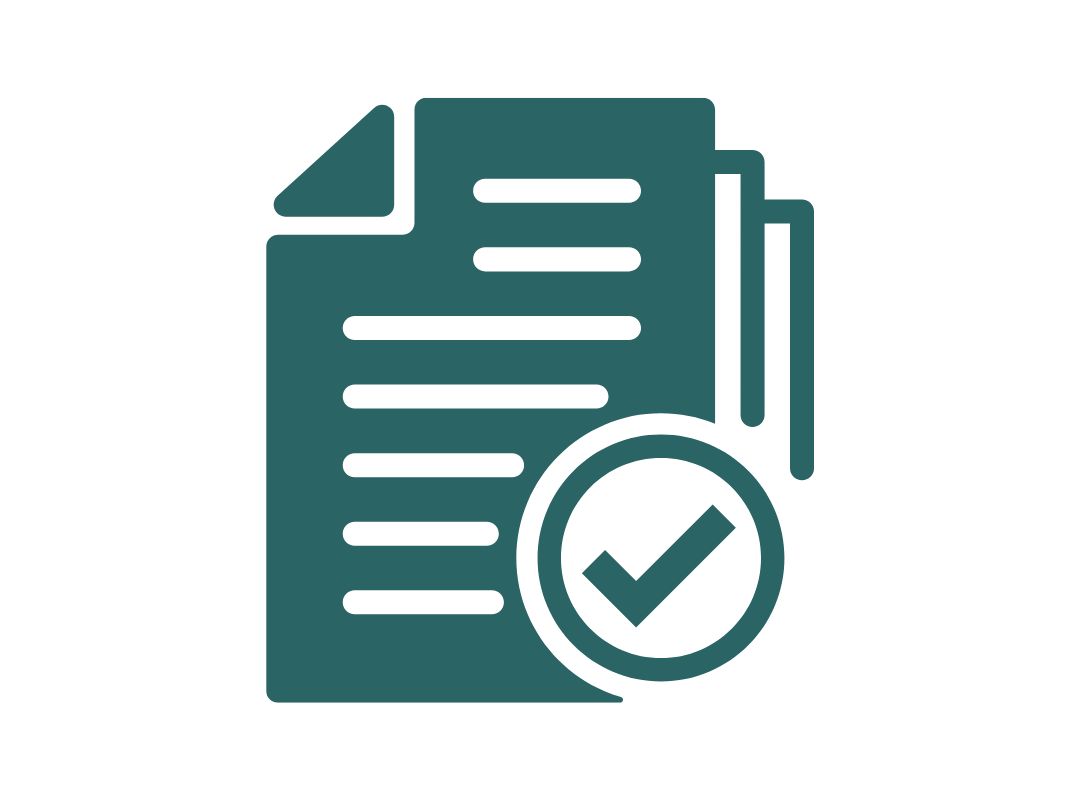FAFSA FILING ASSISTANCE
Our advisory team has extensive knowledge of the Free Application for Federal Student Aid (FAFSA) and keeps up to date on the latest changes to federal aid regulations and procedures. Our advisors can answer your FAFSA filing questions and are prepared to meet with students and families to provide step-by-step assistance in creating FSA IDs and filing the FAFSA application.
ABOUT THE FAFSA
FAFSA FAQS
What is the FAFSA?
The FAFSA is a financial aid form that collects family financial information so that colleges and universities can determine financial need at their school and award aid accordingly.
File the FAFSA online at fafsa.gov.
It is free to file.
What aid will I be considered for by filing the FAFSA?
The FAFSA allows students to be considered for federal grants, federal loans, federal work-study, and State of Ohio grants.
Most colleges also use the FAFSA to award their own institutionally-funded, need-based aid.
When should I file the FAFSA?
File by your schools’ earliest FAFSA Priority Filing Deadline posted on college websites. You can submit the application to up to 20 schools with one FAFSA filing.
File the FAFSA each year of school to maintain aid eligibility.
Students planning to attend college in the 2026-27 academic year should file the 2026-27 FAFSA, which is now open at fafsa.gov.
You can prepare for your FAFSA filing in advance by taking these steps:

Step 1: Create a StudentAid.gov Account
The StudentAid.gov account, also know as an FSA ID, allows you to file your FAFSA online. Students will need a social security number, date of birth, and a unique email address and/or phone number to create their account at studentaid.gov.

STEP 2: Determine your Dependency Status
Most high schoolers are considered dependent and must report parent financials on their FAFSA. Some common criteria that might qualify a student as independent (and NOT required to report parent financials) include being: (1) Orphaned, a ward of the court, or in foster care anytime after turning 13, (2) A legally emancipated minor, (3) Under legal guardianship with someone other than a parent or stepparent, or (4) Homeless. For a complete list of dependency status criteria, visit studentaid.gov.

STEP 3: Determine your FAFSA Contributors, if dependent
Use the Studentaid.gov Who’s my FAFSA Parent wizard to determine your FAFSA contributors (required to report their financials on your FAFSA) and which contributor(s) will need their own studentaid.gov account.

STEP 4: Gather the Required Documents
To complete the 2026-27 FAFSA, you will need to have the list of schools to which you are applying. You will also need: (1) Your parents’ SSNs if they have SSNs and you are a dependent student, (2) 2024 tax returns, (3) Records of child support received in 2024, (4) Current balances of cash, savings, and checking accounts, (5) Net worth of non-retirement investments, businesses, and farms.

STEP 5: Know your priority filing deadlines
Each college has their own FAFSA priority filing deadline listed in the Financial Aid section of their website. Filing the FAFSA by priority filing deadlines will maximize your aid elgibility. Know your FAFSA deadlines and plan to file the FAFSA by the earliest deadline of all the colleges on your list.
